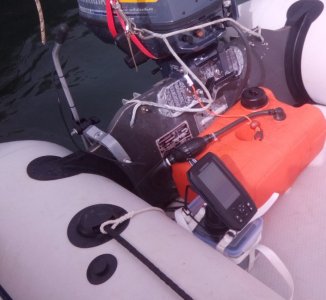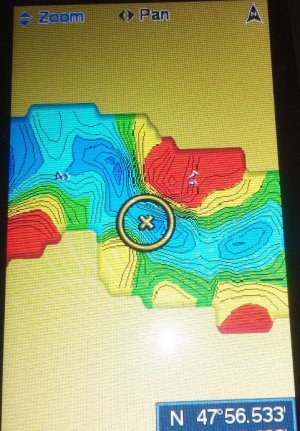Marceline
Well-Known Member
ah nice - so there a forwards and side instruments using CHIRP but are priceyThere are advanced features with modern plotter displays that process down, side and forward scanning high frequency CHIRP (Compressed High-Intensity Radiated Pulse) arrays that are far superior and would show the channel in greater detail to any traditional sonar depth detector. They are expensive but are very popular with sport fishermen. If you were updating your plotter you could consider also changing the depth sensor and integrating. Also, there are standalone fish fish finders that would be superior if they use CHIRP tech.
Sites-WestMarine-Site


